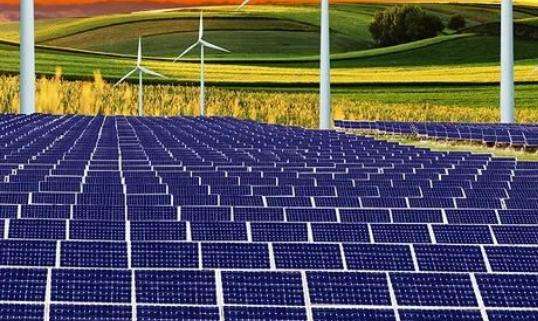No, although the blades of general industrial exhaust fans are large and absorb more wind energy, their motors are also huge and require a lot of energy to rotate. The energy absorbed by the fan blades is equivalent to the amount of energy required to rotate the motor. The energy is really negligible in comparison. It cannot make the motor rotate at all, and naturally it cannot achieve the purpose of generating electricity. If you want to generate electricity, it is best to change to a smaller motor
The above is purely my guess. I have not seen any industrial exhaust. gas. The poster himself saw the operation according to the actual situation. If you don’t know how to do it, you can leave me a message. I am very interested in physics, but I want to declare in advance: I am 18 years old and have a high school education. If you trust me, I will ask you. If you don’t trust me, I will throw it out.
Power Can a 7W electric fan be made into a wind turbine
The steps are as follows: According to the query on NetEase, we found out.
1. First, the motor part of the old ceiling fan was disassembled, and the components required for wind power generation were obtained, such as fan blades, generators, and batteries.
2. Fix the fan blades on the fan shaft to ensure that the blades can rotate and that the installation is firm.
3. Install the generator on the mechanical part of the ceiling fan, ensure that the generator is aligned with the fan shaft, and secure it with screws.
Yes
Motors and generators are inherently reversible.
A generator uses a steam turbine to drive a rotor. A magnetic field is established on the rotor by the excitation current. The rotor rotates. When the coil on the stator cuts the magnetic field, it will generate current. The motor uses the current to establish a rotating magnetic field on the stator, and then cooperates with the fixed magnetic field on the stator to drive the rotor to rotate.
Motors and generators are inherently Electrical and magnetic conversion operations can be modified each other. However, during modification, there will be a phase angle (motor to generator) or speed (generator to motor) problem, which must be compensated by other measures.
In the past, people in rural areas often used diesel engines to drive the rotor of the motor, and then connected the load to the stator. There was also an accident in a power plant that used the motor as a generator called reverse power transmission. When the generator did not start generating electricity, the load switch was turned on by mistake. If it is connected, then the electricity from the grid will be sent to the generator. The generator will turn into a motor to rotate.














